May 30, 2025 | 10:32 GMT +7
May 30, 2025 | 10:32 GMT +7
Hotline: 0913.378.918
May 30, 2025 | 10:32 GMT +7
Hotline: 0913.378.918
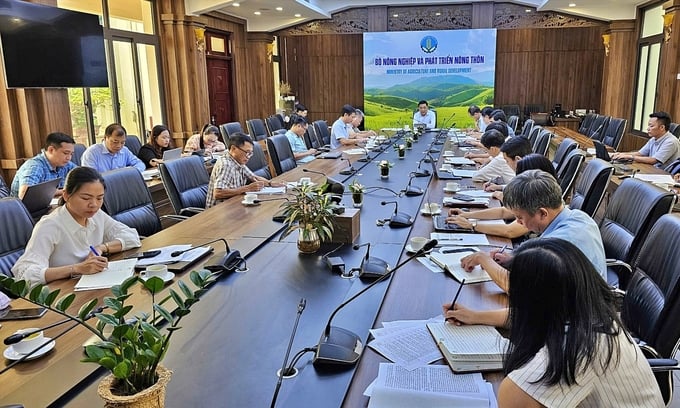
Deputy Minister Nguyen Quoc Tri chaired a meeting on the morning of September 26 on activities related to revenue from ERPA. Photo: Bao Thang.
In March 2024, Vietnam received USD 51.5 million for the results of the Emission Reduction Payment Agreement (ERPA) for the North Central region. According to Decree 107/2022/ND-CP, a maximum of 3% of this amount is allocated for ERPA activities at the Central Fund, such as supporting forestry to reduce emissions.
About 1/4 of the above amount has been approved by the Ministry of Agriculture and Rural Development. The remaining, more than VND 20 billion, is used for the 2024-2025 period.
To use this amount effectively, in July 2024, the Forestry Department held a Council meeting to appraise the list of proposed emission reduction activities in the forestry sector. After many working sessions, on September 6, the Fund Management Board issued Resolution No. 267/NQ-HDQL, approving the list of proposed support.
On the morning of September 26, the Forestry Department and related units reported to the Deputy Minister of Agriculture and Rural Development, Nguyen Quoc Tri, before developing detailed content of supported activities.
Deputy Director Pham Hong Luong said that according to Clause 1, Article 6 of Decree 107, four activities support forestry in reducing emissions. These are Building mechanisms and policies, Checking and monitoring changes in forest carbon stocks, Strengthening law enforcement, and Improving capacity for organizations and individuals participating in forest management and protection.
"The list proposed by the Forestry Department closely follows this orientation," Mr. Luong said and further analyzed that emission reduction payment agreements in Vietnam are currently mainly applied to natural forests. Meanwhile, a large area of planted forests (more than 4.7 million hectares) is left vacant.
The leaders of the Forestry Department also acknowledged that some departments still do not understand ERPA correctly. Therefore, the 3% allocation from the Central Fund should be partly used to develop various propaganda materials and handbooks, brochures, leaflets, and media content.
Deputy Minister Nguyen Quoc Tri highly appreciated the idea because, by 2030, Vietnam will continue to close its natural forests. The area that has increased nationwide in recent times is mainly planted forests.
He assigned the Forest Use Department (Forestry Department) to assess the current situation and potential for reducing greenhouse gas emissions from planted forests in the North Central region and the Forest Products Processing and Trade Department to propose solutions to reduce greenhouse gas emissions from wood and forest product processing activities.
The Forest Development Department continues to study solutions to improve forest quality by promoting regeneration. The Special-use and Protective Forest Management Department strengthens support for local forest management and protection capacity through technology application.
"We need to develop a formula and move towards establishing a basic standard to calculate how much CO2 is absorbed or emitted from 1 hectare of planted forest from the beginning to exploitation," the Deputy Minister expressed and emphasized that it is necessary to conduct in-depth research on this content, including quantifying which stage absorbs and which stage emits CO2 in a production cycle.
For nearly ten years, receiving payment of USD 51.5 million for emission reduction has been an effort of the entire forestry sector. Therefore, the Deputy Minister requested that funds for ERPA activities be based on practicality related to carbon credits within the scope of 6 provinces in the North Central region or places with urgent requirements for this content to avoid wasting resources.
There are two main types of carbon markets: compliance and voluntary. In a compliance market, organizations or countries purchase credits to meet national NDCs or comply with obligations under taxes or cap-and-trade mechanisms. In contrast, the voluntary market views purchasing credits as a public policy tool to encourage greenhouse gas mitigation actions or meet voluntary targets and commitments.
Vietnam submitted its second updated NDC to the UNFCCC Secretariat on November 8, 2022. According to this submission, by 2030, Vietnam aims to reduce emissions by 15.8% compared to the BAU scenario, which is equivalent to 146.3 million tons of CO2.
With international support, Vietnam will further reduce emissions by 27.7%, equivalent to 257.4 million tons of CO2, leading to a total reduction of 43.5% by 2030 compared to the BAU scenario. Specifically, in the agriculture sector, Vietnam is expected to reduce about 5.5%, equivalent to 50.9 million tons of CO2.
In 2023, the Vietnam Forest Protection and Development Fund allocated more than VND 960 billion to the fund of 6 North Central provinces from the ERPA Agreement. Nghe An and Quang Binh are the two provinces receiving the most, with more than VND 280 billion and VND 230 billion, respectively. All localities have approved the financial plan, but up to now, two provinces have been unable to disburse due to problems in identifying beneficiaries.
Translated by Huong Giang
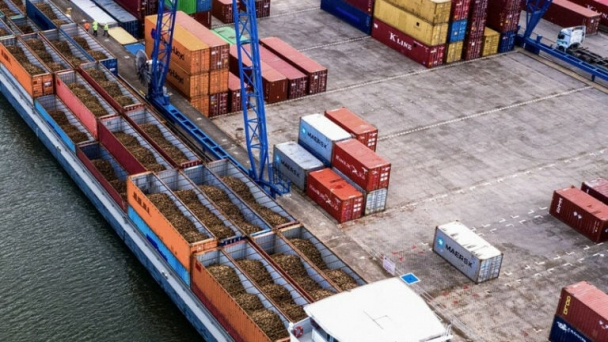
(VAN) The mutual export of agrifood products between the European Union (EU) and the United Kingdom (UK) must occur again without certification, border controls or other red tape. This was agreed at the UK-EU summit.
/2025/05/22/5121-2-173645_677.jpg)
(VAN) NBSAP Tracker identifies strengths and areas for improvement in the National Biodiversity Strategy, based on each region’s priorities and capacities.
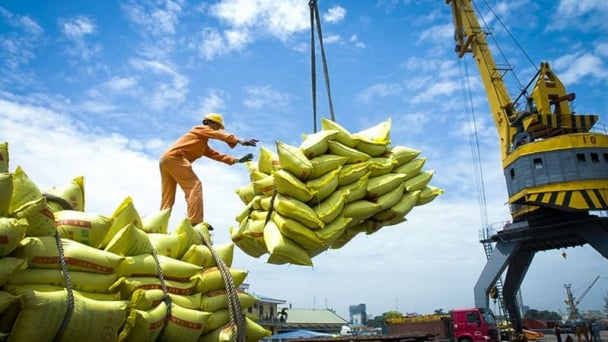
(VAN) The draft amendment to the Circular on rice export trading stipulates a periodic reporting regime for rice exporting enterprises.
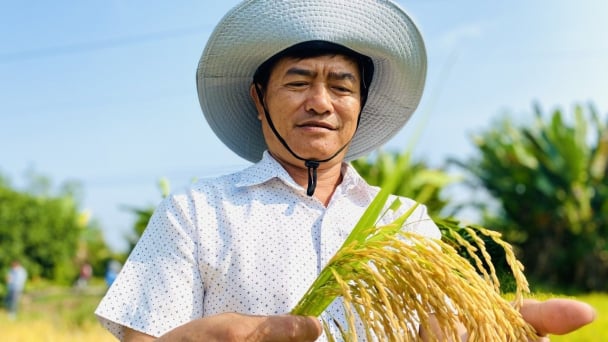
(VAN) Dong Thap farmers attained an average profit margin of 64% during the summer-autumn 2024 crop (first season), while An Giang and Kien Giang farmers followed with 56% and 54%, respectively.
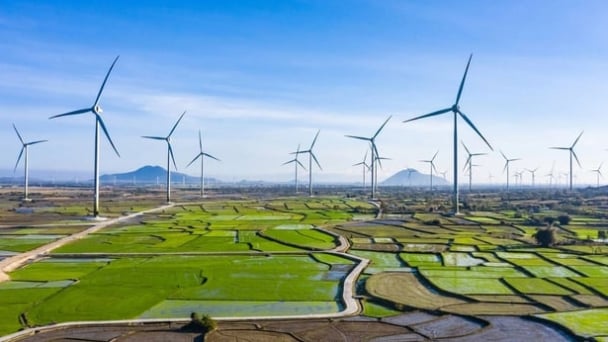
(VAN) As a doctoral student doing research on renewable energy and electrification at Harvard University, the author shares his musings on electricity, nature, and countryside memories.
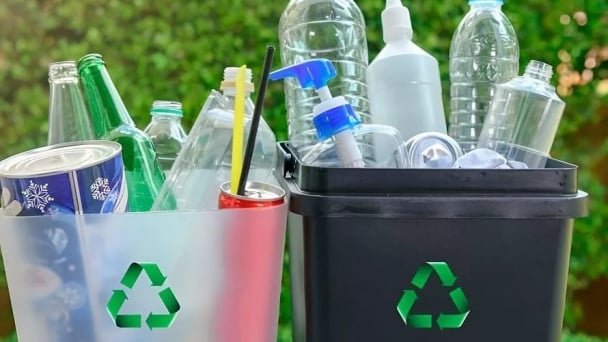
(VAN) The decree on Extended Producer Responsibility (EPR) ensures transparent management and disbursement of support funds, avoiding the creation of a “give-and-take” mechanism.
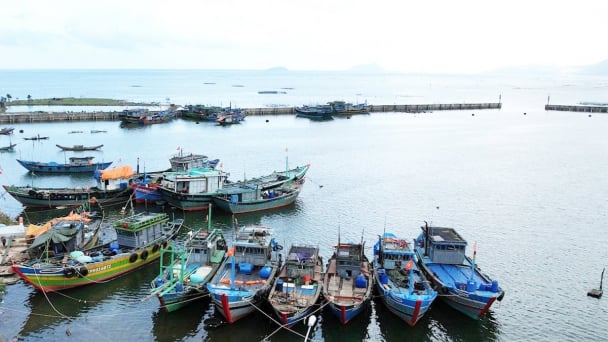
(VAN) Hue City rigorously enforces regulations regarding marine fishing and resource exploitation, with a particular emphasis on the monitoring of fishing vessels to prevent illegal, unreported, and unregulated (IUU) fishing.